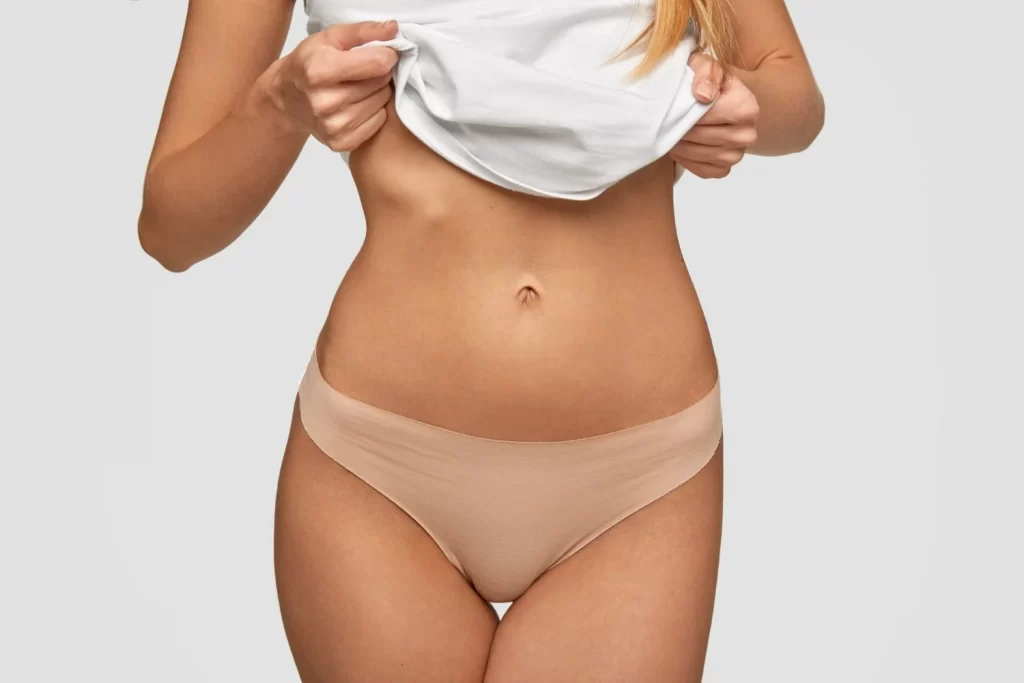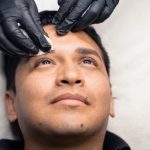It’s common to associate a tummy tuck with cosmetic goals, but for some individuals, the reasons go beyond appearance. In certain cases, it may provide both medical and aesthetic benefits. In this article, we’ll explore the circumstances in which the procedure is considered medically necessary and what that means for your health and comfort.
Understanding Cosmetic vs. Medically Justified Abdominoplasty
A tummy tuck typically involves removing excess skin and fat, repairing separated abdominal muscles, and re-contouring the midsection. Insurance plans often classify it as cosmetic, meaning it won’t be covered unless strict criteria are met.
However, certain medical conditions and functional problems may justify it. In such cases, surgeons examine whether the procedure addresses health, pain, or structural dysfunction, not just appearance.
Conditions That May Warrant Medical Justification
Although a tummy tuck is most often performed for cosmetic reasons, there are cases where it can also address functional or health-related concerns. Excess abdominal skin and weakened muscles may sometimes cause discomfort, hygiene issues, or difficulty with physical activity, particularly after pregnancy or major weight loss.
A tummy tuck may become medically necessary when these issues lead to skin irritation, limited mobility, or pain. By removing excess tissue and tightening the abdominal wall, the procedure may help relieve irritation, improve posture, and restore better core support.
In some cases, a tummy tuck may also be performed alongside hernia repair or to correct significant muscle separation (diastasis recti). When the abdominal wall is reinforced through surgery, patients may experience improved stability and comfort, making the procedure both restorative and functional, not purely cosmetic.
What Insurers Usually Require
Even when medically plausible, insurers generally require stringent documentation:
- Clinical records showing persistent symptoms (rash, infection, pain) unresponsive to conservative care
- Photographs (frontal, side) showing the pannus and how it interferes
- Evidence of weight stability (often 12–18 months)
- Clear connection between symptoms and the excess tissue
- In cases of muscle repair or hernia, imaging studies or surgical descriptions
When It Remains Cosmetic
There are many scenarios where a tummy tuck is considered cosmetic, for example:
- Mild excess skin without dermatitis or functional symptoms
- Desire for improved aesthetic appearance alone
- Muscle laxity without functional limitation or pain
- Procedures solely for body contouring, without medical justification
Under such circumstances, patients are usually responsible for the full cost of abdominoplasty.
How to Know If You Might Qualify
Here are practical steps you can take to assess whether your situation leans medical:
- Track your symptoms: Do you consistently suffer from skin rashes under your abdominal fold? Do you have trouble walking, maintaining hygiene, or dressing?
- Document progression: Try standard treatments (medicated creams, hygiene, weight stability) and record outcomes.
- Obtain imaging/measurements: Muscle separation, hernias, or structural changes help support the surgical need.
- Consult a certified plastic surgeon: They’ll help you evaluate both aesthetic and functional needs, review your medical history, and help you understand insurance possibilities.
Discuss Your Options with Our Surgeons
At Northwest Face & Body, we start the process by understanding your goals and the underlying reasons for your concerns. Whether you’re experiencing physical discomfort, excess tissue after weight loss, or the desire to restore abdominal tone, our team is here to help. We’ll explore whether your symptoms suggest a medically necessary intervention or a more elective approach and help you navigate what’s possible.
If you’re curious whether your abdominal concerns fit into a medically necessary category or simply want clarity on your options, call us at (425) 475-4111 to book a tummy tuck consultation.
Additional Reads:
How Long Does It Take To See The Full Results Of A Tummy Tuck?
How Noticeable Are Tummy Tuck Scars?







